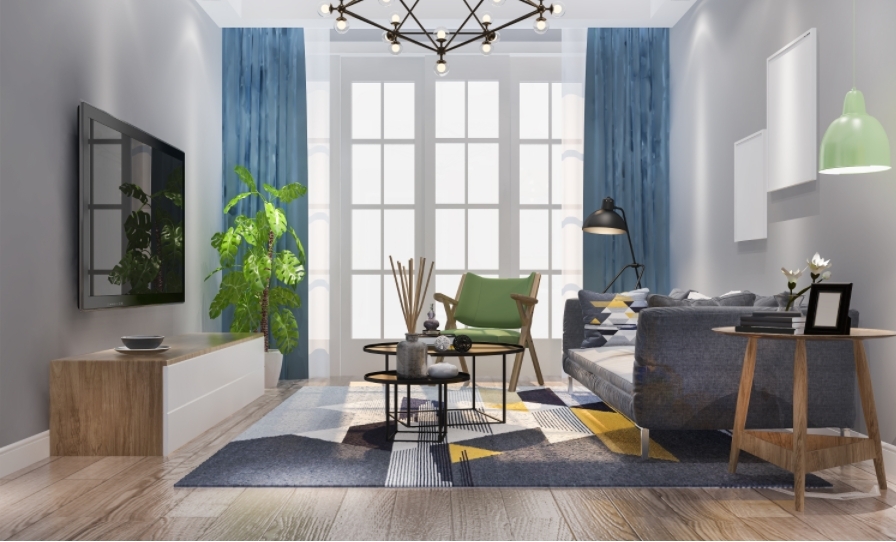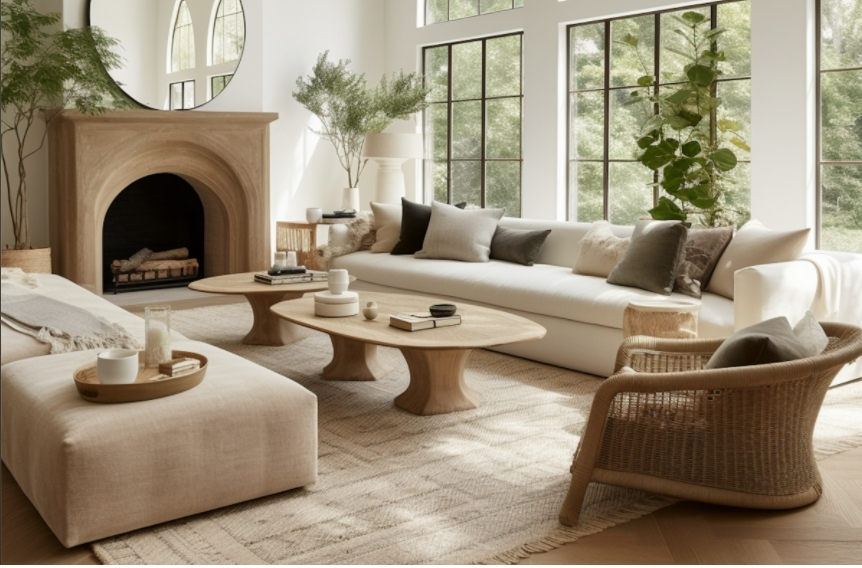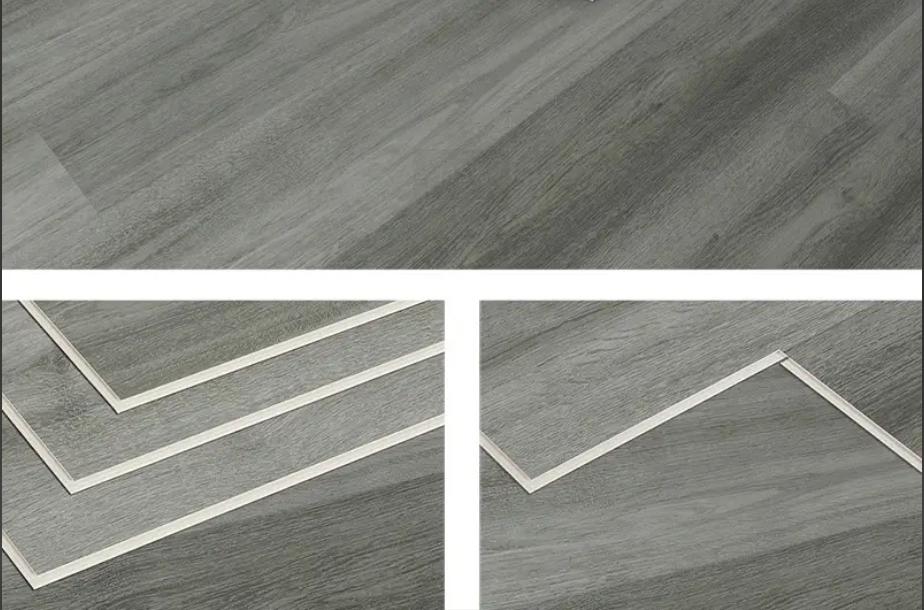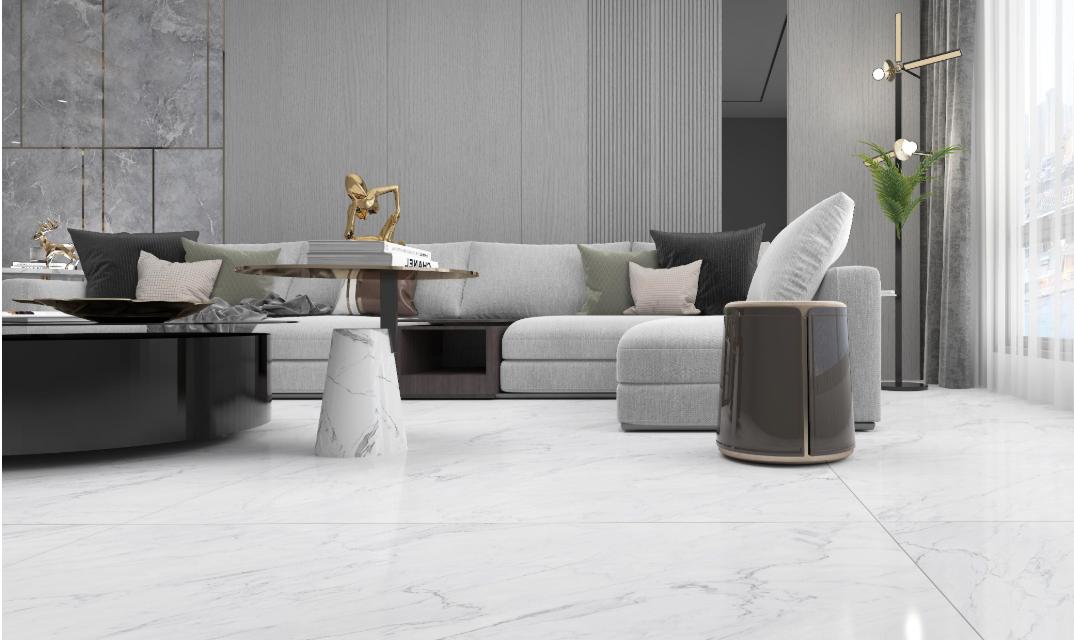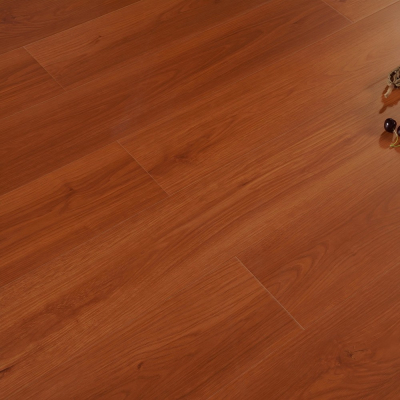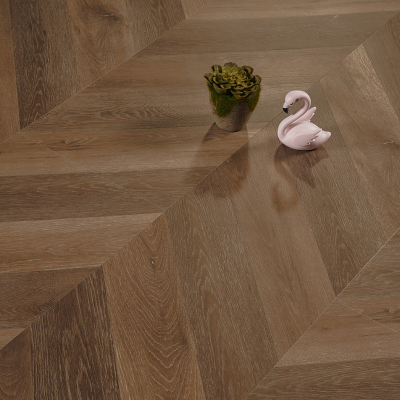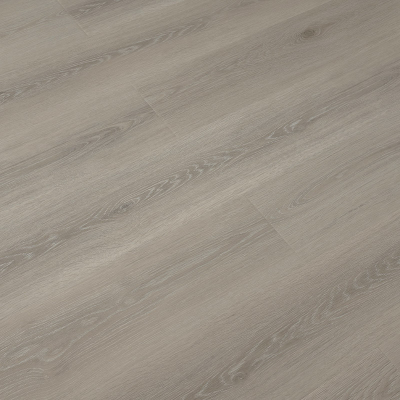How to Choose the Right Flooring: Laminate, SPC, or Ceramic Tile?
Three mainstream flooring comparison guide: environmental protection / waterproof / cost-effective analysis of the whole
In the process of housing renovation and decoration, the choice of flooring material directly affects the value of space, service life and decoration costs. Laminate flooring, SPC stone flooring and ceramic tile as the market three main categories, each with unique performance advantages. Mastering the following core parameters and adaptive scenarios will help you accurately match the ideal floor program.
1. Laminate Flooring: Affordable & Versatile
What It Is: Laminate consists of a high-density fiberboard core topped with a photographic decorative layer and a protective wear layer.
Pros:
Cost-Effective: Generally cheaper than hardwood or ceramic tiles.
Easy Installation: Click-lock systems allow for DIY-friendly floating floors.
Aesthetic Variety: Mimics wood, stone, or tile finishes convincingly.
Low Maintenance: Resistant to stains and scratches.
Cons:
Moisture Sensitivity: Prolonged exposure to water can cause warping.
Shorter Lifespan: Lasts 10–25 years, depending on quality.
Best For: Dry areas like living rooms, bedrooms, and home offices. Avoid bathrooms or basements.
2. SPC Flooring: Waterproof & Durable
What It Is: SPC (rigid core vinyl) has a stone-plastic composite core layered with vinyl for stability.
Pros:
100% Waterproof: Ideal for wet areas like bathrooms, kitchens, and basements.
Extreme Durability: Resists dents, scratches, and temperature fluctuations.
Comfort Underfoot: Softer than ceramic tiles and warmer in cold climates.
Easy Installation: Often features click-lock systems.
Cons:
Limited Design Depth: While realistic, patterns may lack the authenticity of natural materials.
Higher Cost: More expensive than laminate but cheaper than premium tiles.
Best For: High-moisture zones, homes with pets/kids, and regions with extreme weather.
3. Ceramic Tile: Timeless & Long-Lasting
What It Is: Made from baked clay, ceramic tiles come glazed (for color) or unglazed (natural terracotta).
Pros:
Exceptional Durability: Can last 50+ years with proper care.
Water Resistance: Perfect for bathrooms, pools, and outdoor spaces.
Heat Resistance: Suitable for kitchens and homes with underfloor heating.
Eco-Friendly: Made from natural materials.
Cons:
Hard & Cold Underfoot: Uncomfortable for long standing; area rugs may be needed.
Complex Installation: Requires professional expertise and mortar.
Prone to Cracking: Heavy impacts can damage tiles.
Best For: Wet rooms, high-traffic areas, and outdoor patios.
Key Factors to Consider
Budget:
Low: Laminate(1–5/sq. ft).
Mid-Range: SPC (3–8/sq. ft).
Higher Investment: Ceramic tiles (5–20+/sq. ft).
Lifestyle:
Pets/Kids? Prioritize scratch/water resistance (SPC).
Allergies? Avoid porous tiles; choose easy-clean laminates or SPC.
Climate:
Humid areas? Avoid laminate; opt for SPC or tiles.
Cold regions? SPC or laminate offer warmth vs. chilly tiles.
Aesthetic Goals:
Modern minimalism? Large-format tiles.
Cozy vibe? Wood-look laminate or SPC.
Final Tips
Test Samples: Assess color/texture in your home’s lighting.
Check Certifications: Look for AC ratings (laminate/SPC) or PEI ratings (tiles).
Professional Installation: Critical for tiles to avoid uneven surfaces.
Conclusion
Each flooring type caters to different needs: laminate for affordability and style, SPC for waterproof resilience, and ceramic tiles for timeless durability. By evaluating your budget, lifestyle, and design preferences, you can confidently choose the flooring that transforms your space into a functional and beautiful haven.

